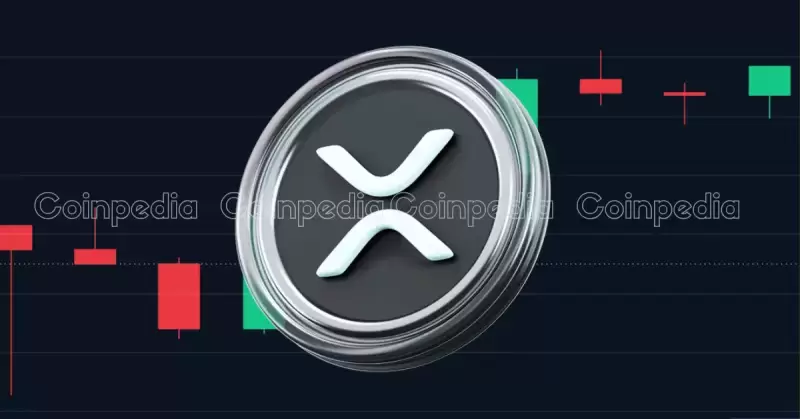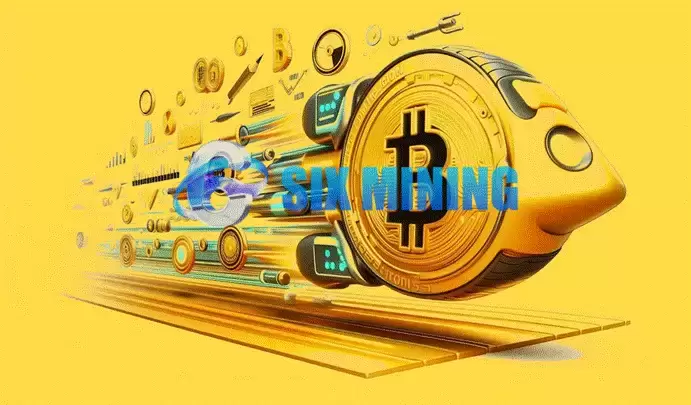 |
|
 |
|
 |
|
 |
|
 |
|
 |
|
 |
|
 |
|
 |
|
 |
|
 |
|
 |
|
 |
|
 |
|
 |
|
Cryptocurrency News Articles
What is XRP? A Guide to Ripple's Native Cryptocurrency
Apr 19, 2025 at 03:52 pm
Ripple is a global network created to facilitate low-cost, ultra-fast, borderless transactions for a range of businesses, individuals, and even financial institutions.

"What Is Ripple (XRP) Cryptocurrency and How Does It Work? - Web3 News"
Cryptoassets are a highly volatile ungregulated investment class.
Ripple is a global network that’s aiming to facilitate low-cost, ultra-fast, borderless transactions for a range of businesses, individuals, and even financial institutions. The ecosystem is built around the network’s native asset, which is called XRP and acts as a crucial bridge currency for the transfers of value from fiat currencies or other crypto networks.
Originally called 'Ripple Labs Inc.,' the company leverages a unique consensus mechanism in its blockchain to validate transactions with blinding speed. This negates the need for centralized intermediaries, drastically cuts transaction fees, and makes settlement in real-time possible. In short, Ripple hopes to revolutionize how money moves through financial networks. Let’s get into the details.
What Is Ripple?
Good question. Technically speaking, the company is called Ripple Labs, the network is named RippleNet and the cryptocurrency is simply called XRP.
Founded in San Francisco in 2011 by Jeb McCaleb, the company's goal was to create an alternative to the slow and often costly wire transfers used for international transactions.
At the time, these services could take several days to complete and were subject to large fees and complicated processes. But with the dawn of blockchain technology, McCaleb saw an opportunity to revolutionize cross-border payments with a nearly instant, low-cost and highly efficient service.
The network is able to connect traditional finance network infrastructures with newer blockchain technology, which is specifically programmed for real-time transaction settlement and liquidity management.
Instead of depending on a ‘proof-of-work’ model, like Bitcoin (BTC), or a ‘proof-of-stake’ model, like Ethereum (ETH), Ripple uses a unique consensus protocol that leverages independent validators for transaction confirmation. This specific consensus mechanism allows for a high transaction throughput rate and substantially lower fees than many other networks, which offers huge benefits for firms like banks and remittance service providers.
What Is XRP?
XRP is the native token of the Ripple network and is designed to serve mainly as a bridge asset. It wasn't mined like Bitcoin or Ethereum; rather, all one hundred billion tokens were created from the outset.
Using XRP on the Ripple network, institutions can transfer different currencies, convert them into XRP and settle those funds in another currency, all within seconds. On top of that, XRP’s specialized verification process uses independent validations, giving it far more agility than other cryptocurrencies.
How Does Ripple Work?
Operating as a payment protocol, Ripple enables rapid, low-cost transactions across its network. This design eliminates the need for energy-intensive block creation and allows for high throughput with minimal fees.
Furthermore, it facilitates the seamless exchange of various fiat currencies and cryptocurrencies. With the elimination of various intermediaries, Ripple significantly reduces friction and value loss in the cross-border payments industry. The Ripple network supports multiple fiat currencies, cryptocurrencies and tokens while keeping a very user-friendly experience overall.
Advantages and Disadvantages of the XRP Cryptocurrency
Advantages of Ripple
Disadvantages of Ripple
The SEC vs Ripple
One of the biggest perceived risks with XRP has been the ongoing conflict between Ripple and the US Securities and Exchange Commission.
In 2020, the SEC filed a lawsuit alleging that Ripple Labs had violated investor protection laws by selling XRP to investors. However, Ripple Labs has consistently claimed that they never sold any unregistered securities and that the SEC is overstepping its authority.
Specifically, the SEC claims that Ripple Labs sold large amounts of XRP through a series of private placements, which should have been registered with the agency. The SEC also alleges that Ripple Labs engaged in a “series of fundraising efforts” that were not disclosed to investors.
However, Ripple Labs maintains that XRP functions solely as a digital asset for international value transfers, not any security that the SEC regulates. Its purpose is to be used for efficient, low-cost transactions on the Ripple network, and it is sold to investors in a manner consistent with applicable securities laws.
Breaking news at the time of writing, March 19th, 2025: the SEC has announced that it’s dropping its suit against Ripple.
What Makes XRP Unique?
In the diverse landscape of cryptocurrencies, XRP stands out with its distinct purpose and unique properties.
Instead of serving as an alternative store of value like Bitcoin or a platform for smart contracts like Ethereum, XRP is designed to be a fast, efficient and low-cost means of transferring value across borders.
This focus on facilitating seamless cross-border payments is at the heart of what makes XRP unique and valuable.
Another interesting aspect of XRP is its unique consensus type, which is distinct from the Proof-of-Work used by Bitcoin or the Proof-of-Stake used by Ethereum.
The XRP Ledger uses a unique variant of Byzantine Fault Tolerance (BFT) called Stellar Consensus Protocol (SCP
Disclaimer:info@kdj.com
The information provided is not trading advice. kdj.com does not assume any responsibility for any investments made based on the information provided in this article. Cryptocurrencies are highly volatile and it is highly recommended that you invest with caution after thorough research!
If you believe that the content used on this website infringes your copyright, please contact us immediately (info@kdj.com) and we will delete it promptly.
-

-

-

-

-

-

-

-

- Gujarat Titans (GT) will face Delhi Capitals (DC) at their home ground in the first game of Saturday (April 18)
- Apr 20, 2025 at 08:05 pm
- GT have been one of the most consistent sides in the tournament, winning four of their six matches. They sit in the third position on the points table with eight points.
-





























































